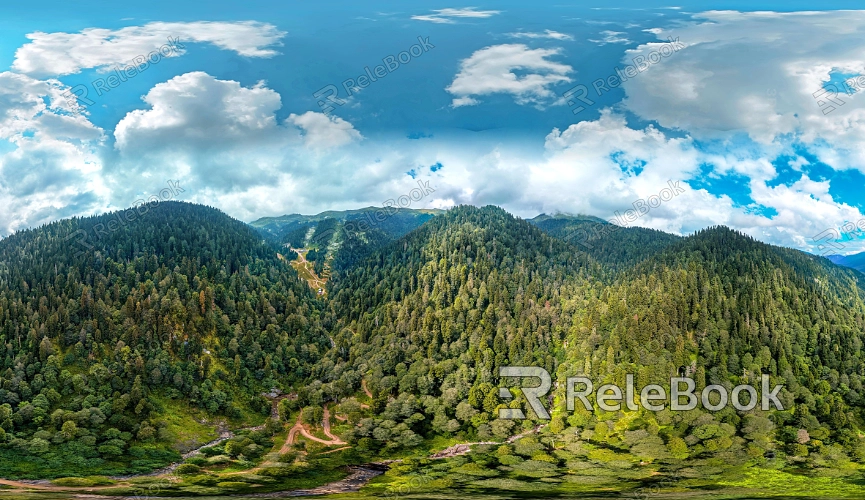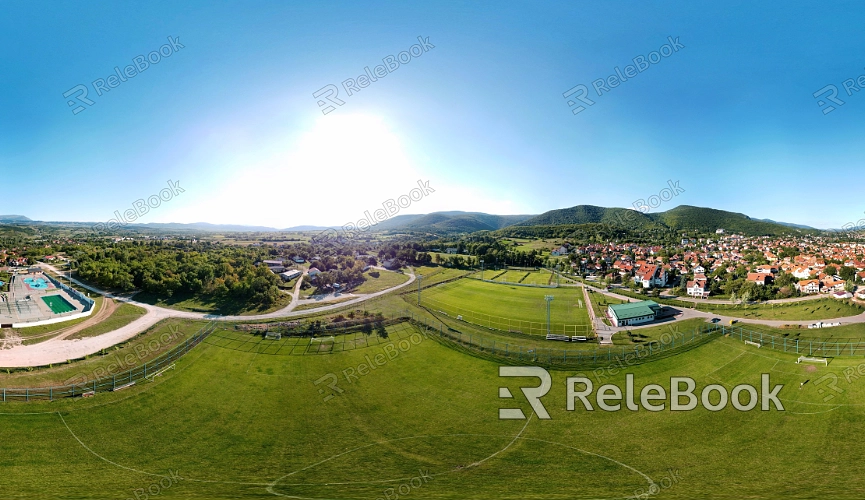How Do Country Scene HDR Environment Textures Affect Lighting in 3D Models?
Country scenes are often essential elements in various projects, and the use of HDR environment textures becomes crucial when designers create these settings. These textures not only enhance visual appeal but also significantly impact the lighting performance of 3D models. This article explores the influence of HDR environment textures on lighting in country scenes, common 3D software used for these applications, and aims to help designers better understand this technology.

1. Basic Concepts of HDR Environment Textures
Definition of High Dynamic Range: HDR environment textures refer to images that can capture a wider range of brightness levels in a scene, making rendered images closer to natural lighting conditions.
Applicable Scenarios: In country scenes, various lighting conditions such as sunrise, sunset, and overcast skies can be represented more realistically using HDR technology.
2. Applications in 3D Software
Common Software: Programs like Blender, 3ds Max, and Maya all support the use of HDR environment textures.
Usage Scenarios:
Natural Scene Modeling: When creating rural landscapes, HDR textures can provide more realistic environmental lighting.
Indoor Scene Rendering: For interiors of country buildings, HDR textures can enhance the lighting effects to simulate natural light more effectively.
3. Impact of HDR on Lighting
Enhanced Light Quality: HDR environment textures can improve the subtleties and depth of light sources, making shadow effects more vivid.
Shadow Representation: HDR can simulate the diversity of light, resulting in softer, more natural transitions in shadows.
Reflection Effects: In country scenes, reflective surfaces like water and wetlands can accurately mirror the surrounding environment, enhancing overall realism.

4. Practical Tips and Considerations
Choosing Suitable HDR Images: When selecting HDR environment textures, consider whether the lighting characteristics align with the scene's needs.
Adjusting Exposure Settings: Properly adjusting the exposure settings of HDR textures can help control overall brightness, avoiding overexposure or underexposure.
Incorporating Post-Processing: After rendering, using post-processing software can further optimize lighting effects and enhance the final output.
5. Case Studies
Case Study 1: Pastoral Landscape: When rendering a pastoral scene, using HDR textures can showcase the intricate play of sunlight filtering through leaves, creating a warm and tranquil atmosphere.
Case Study 2: Country Cottage: For the interior design of a country cottage, configuring HDR lighting can allow sunlight to stream through windows, adding depth to the space.
From this analysis, it’s clear that HDR environment textures play a significant role in country scenes. Designers can use this technology to enhance the realism and visual impact of their work. This not only improves rendering quality but also conveys richer emotions within their creations.
With this knowledge, readers can apply these techniques in their actual work to create more captivating 3D projects. As technology advances, the use of HDR environment textures will become increasingly common, making it essential for designers to master this skill to enhance their capabilities.
If you’re looking for high-quality HDR image resources, 3D textures, SketchUp models, or 3ds Max models to build your models and virtual scenes, Relebook offers a wealth of options to help you achieve outstanding visual results in your projects.

